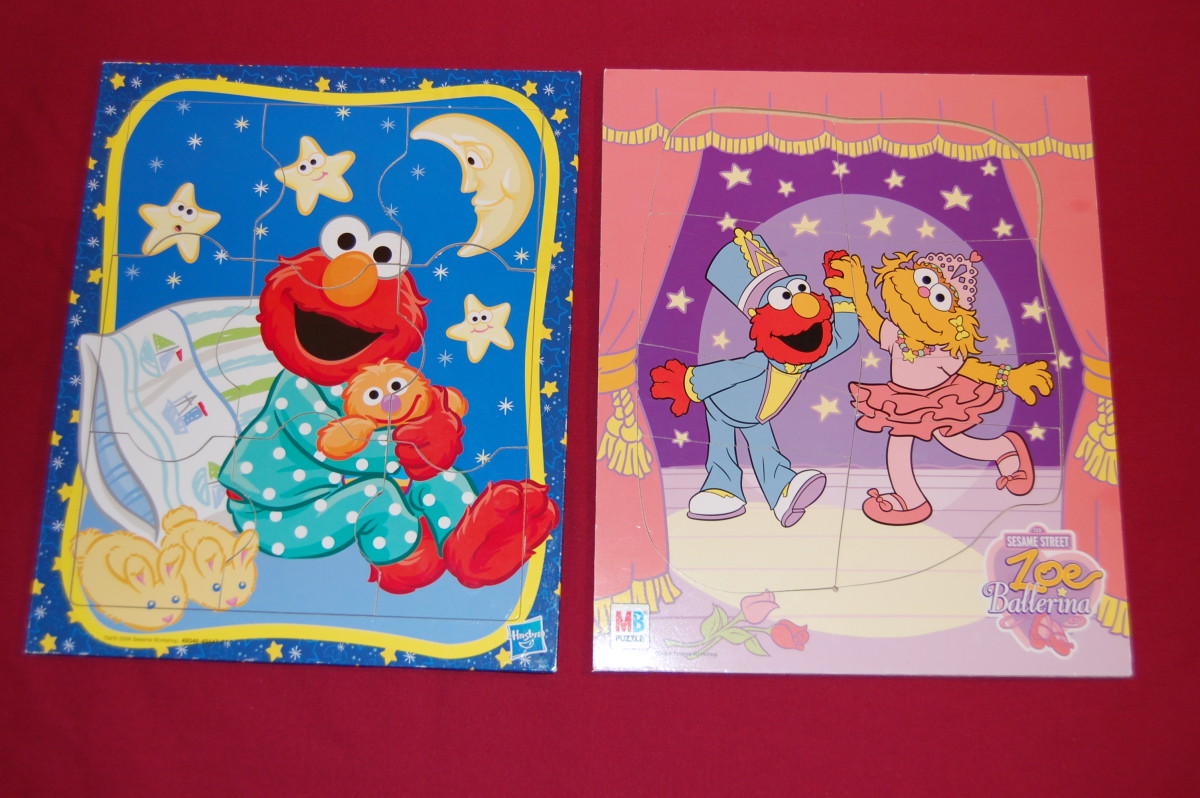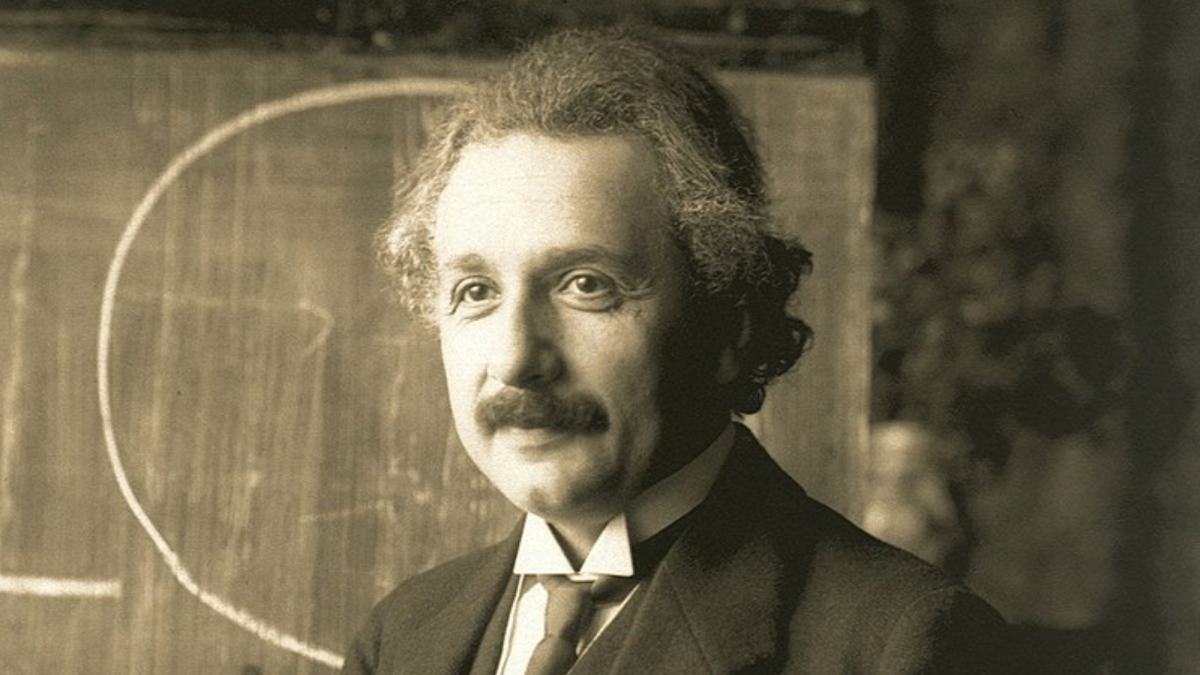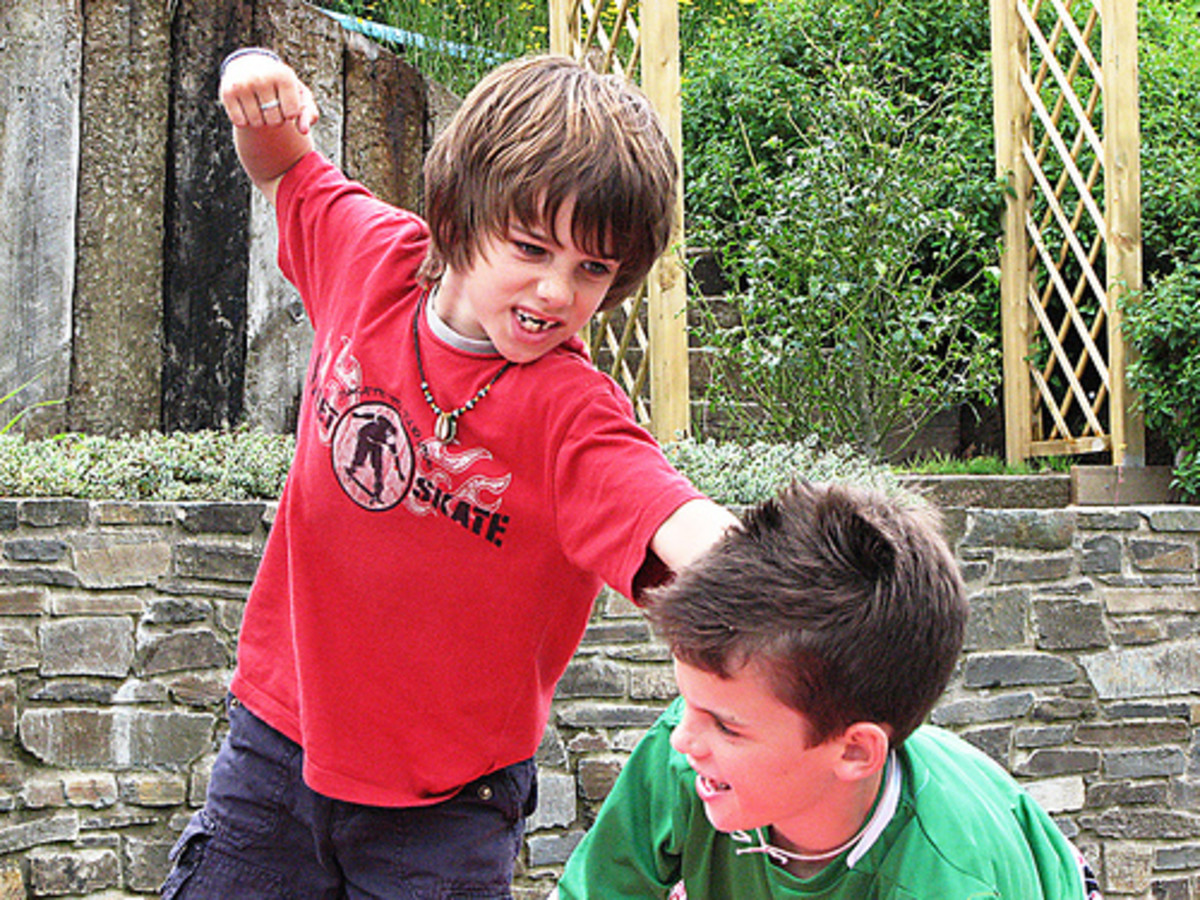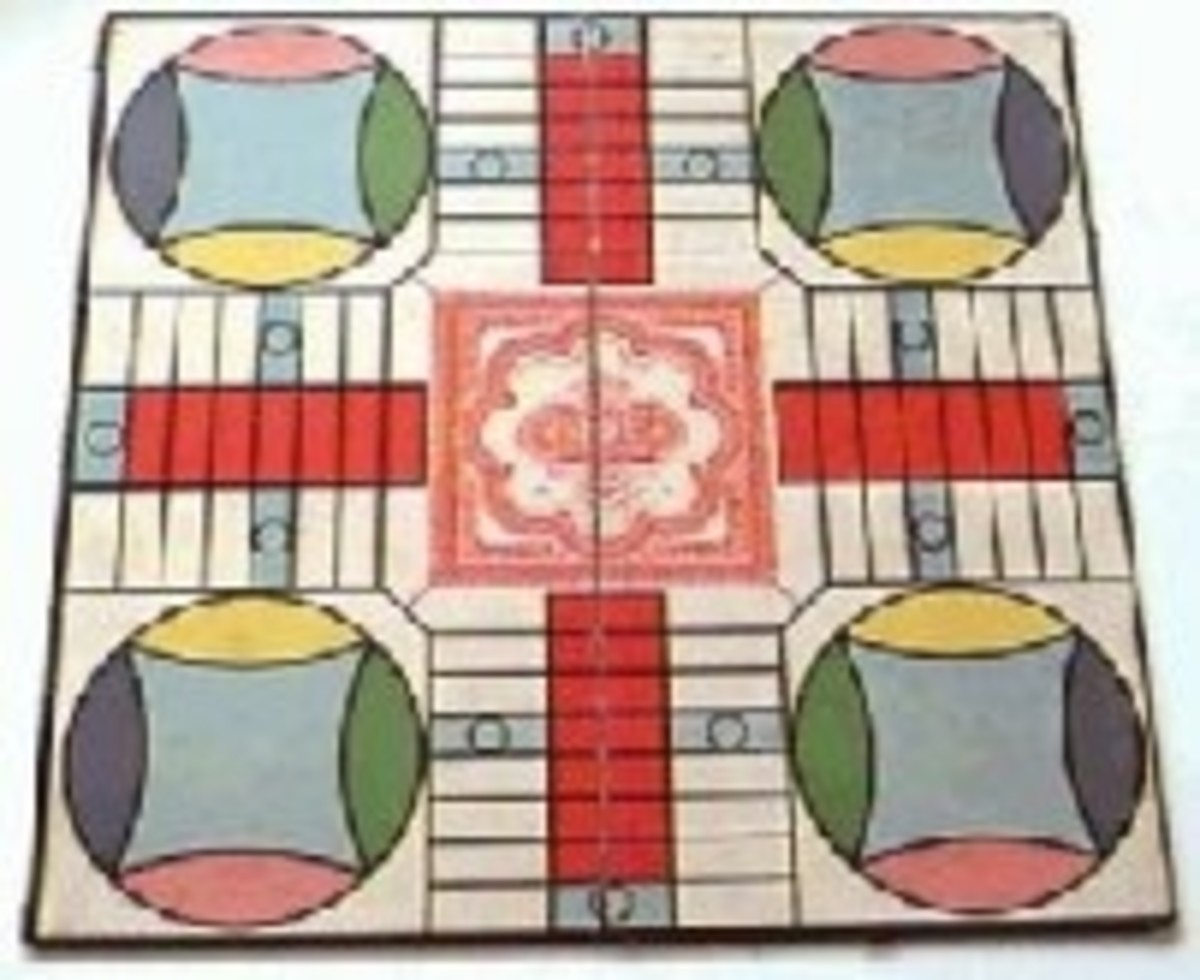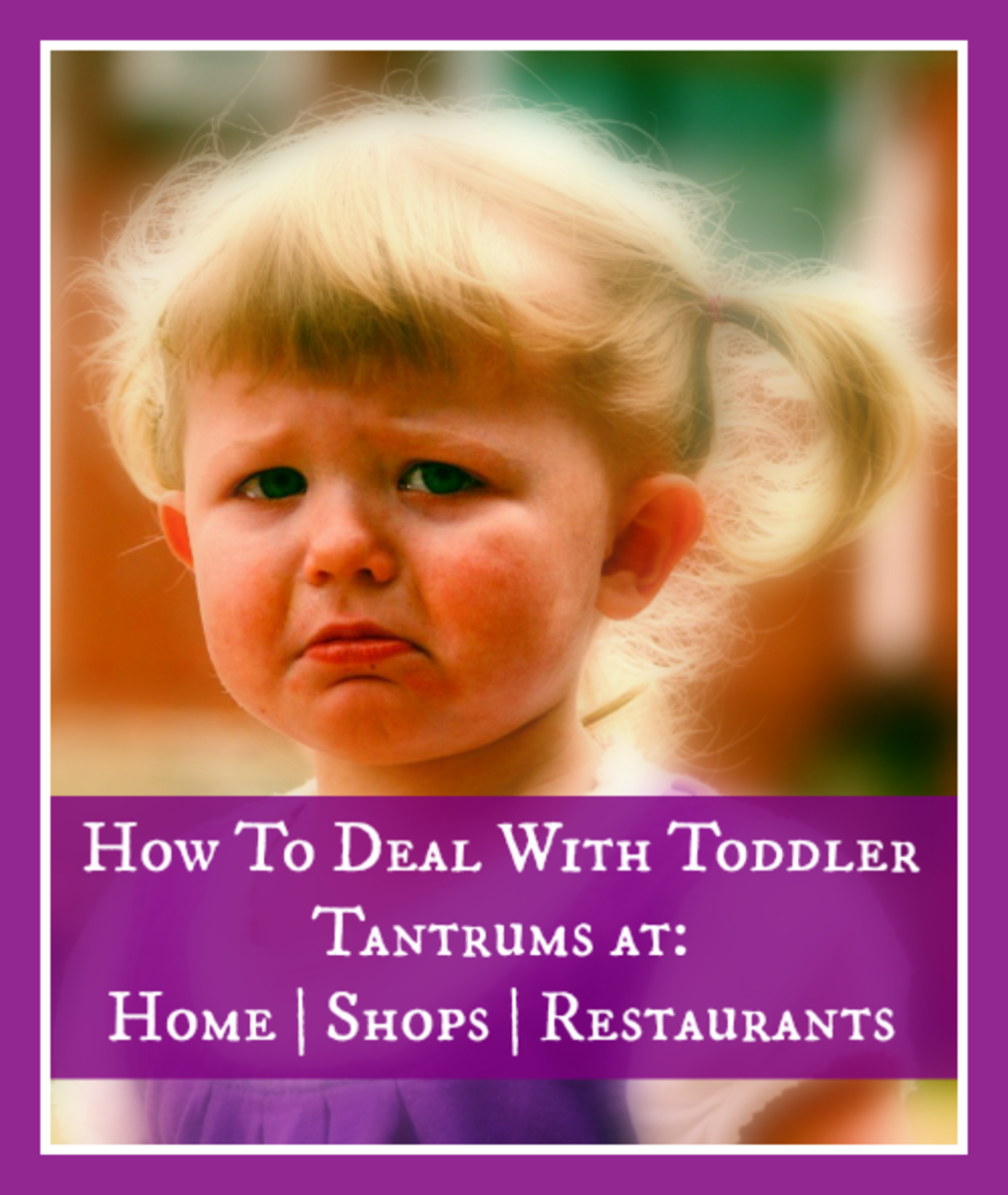7 Rules to Change Difficult Behaviour of Children
Children misbehave from time to time. This is always distressing to parents. Difficult behaviour includes using bad language, behaving aggressively or violently, destroying things, lying, stealing, refusing to cooperate such as getting dressed in the morning, going to bed at night or doing school work.
Children can misbehave by accident (Accidental misbehaviour) or on purpose (Intentional misbehaviour), and it is important to understand the difference. Sometimes, the causes of misbehaviour are easy to see or identify but at other times, they are hidden.
In majority cases, misbehaviour happens because the child does not know at is right and what is wrong. For example, a three year old throws a ball and injures another child. Here, the three-year old with the ball was excited and having fun (impulsive) and may be too young to understand that even the simplest actions can be dangerous when done carelessly (inexperience).
Nobody likes being told what to do, and that includes children. Yet, children are told what to do and how to do it all the time! So, it is not surprising that they misbehave out of resentment or anger. For example, your three-year old may hit a playmate after you insist that toys be shared, or your teenager may yell, swear and slam doors after being told repeatedly to clean up his/her room. Sometimes, we take out our own anger and frustrations on our children. We may yell at our children for being noisy when the real reason is we are angry about something..... We all do this kind of thing occasionally, but if we do it all the time, our children will respond with resentful and angry behaviour of their own.
Sometimes we push our children to achieve too much too soon. If a child is always being pressured to do things, before he/she is physically or mentally ready or are too difficult for his/her age, he/she may refuse to learn new things at home or slack off at school.
If your child suddenly refuses to do things that he/she used to do, it may be because of a real or imagined fear. For example, your child may suddenly refuse to get on the school bus because he/she has been frightened by a bully who has started taking the same bus (real), or it may be a case of resisting going to bed because "there's a bhoota in the room!" (imaginary).
Rule 1. The most important thing you can do is to be patient, avoid losing your temper and remember that love is more persuasive than punishment. Act as calmly and as thoughtfully as you can. Make sure your child knows that you love him/ her, and it does not hurt to tell them over and over again. Love brings love in return, and it is a lot harder for anyone, child or adult, to behave in ways that will hurt someone he / she loves.
Rule 2. Unsafe, destructive, dishonest or rude behaviour has to be corrected, and children must learn what the limits are. However, leave some reasonable choices to your children - what to wear, what to eat for breakfast (as long as it is healthy!) and how to schedule time for homework and play.
Rule 3. Becoming angry at a child for misbehaving because he/she did not know the right and wrong will do more harm than good. However, you should remember that you will have to keep repeating that kind of lesson many times before your child automatically thinks in terms of safety without prompting from you.
Rule 4. Suppose your child goes to your bedroom and breaks a string of pearls after being reprimanded. Obviously, he/ she is enraged, and if you respond with rage, you will be continuing a cycle of anger from which it may be difficult to escape. Try to let your child know that you understand his/ her anger and the reason for it, and try to get your child to put his/her angry feelings into words. Try to help your child think about making amends for the damage done.
Rule 5. Give your child some time alone, not as a punishment, but as an opportunity to recover from a spell of misbehaviour. Send your child to his/her room and encourage him/her to read, colour or play with a favourite toy until he / she is calmed down. Then try to discuss the behaviour problem constructively with your child.
Rule 6. If you have punished your child when you were angry, you may later think that you were too harsh. Trust your feelings. Remember that changing your mind is not necessarily a sign of weakness. Children have a very keen sense of fair play and will respect an adult who changes his/her mind in favour of greater fairness.
Rule 7. Children need the security provided by regular routines and events in a stable environment. Security and stability make it easier for children to behave in a stable and cooperative manner.


